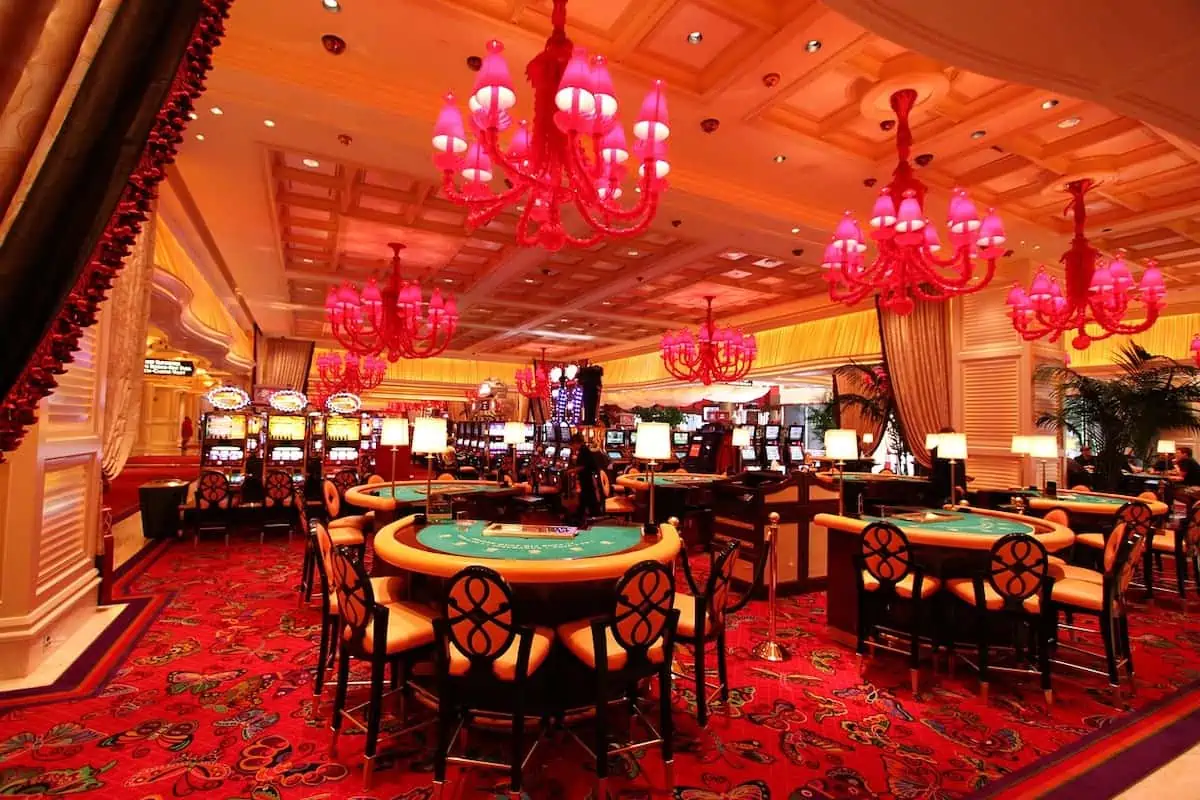In what way Casino Games Use Hue and Style to Attract Participants

In the vibrant and thrilling world of casinos, where fortune and strategy intertwine, color and aesthetic play a pivotal role in attracting players. From the moment visitors step into a casino or access a gaming platform, they are immersed in a sightly feast that grabs their attention and lures them to discover more. Vivid colors, captivating graphics, and innovative layouts are carefully crafted to create an environment of thrill and expectation, ultimately enhancing the gaming experience.
As players move through the dynamic landscape of casino games, they encounter a variety of designs that not only serve visual purposes but also affect emotions and choices. Hues like red and yellow symbolize wealth and fortune, while calm navy and emeralds can create a much relaxed environment. Understanding how these elements function together allows casinos to create an inviting and energizing atmosphere that encourages players to engage with the games, invest more time at the tables, and boost their overall enjoyment.
The Study of Hue in Casino Games
Hue plays a critical role in the design of gaming experiences, influencing players' emotional states and behaviors. Vivid and vibrant shades, such as red and yellow, are often used to ignite excitement and draw focus. These shades create a sense pressure and vitality, encouraging gamblers to involve themselves more eagerly with the game. By intentionally selecting hues, creators aim to evoke emotions of joy and excitement, which can enhance the overall player experience.
Various shades also have psychological connotations that can affect how participants perceive their odds of winning. BET8S For example, lime is commonly associated with fortune and prosperity, making it a well-liked choice in games like the roulette wheel and poker games. This link can lead players to feel more hopeful and confident in their play, ultimately encouraging them to stake more. Understanding these connections allows game developers to craft environments that enhance player happiness and loyalty.
Moreover, the design of gambling game interfaces often uses blended colors and contrasting colors to instruct players' responses. For example, successful results may be accentuated with bright, opposing shades, creating a visual cue. This approach reinforces successful results and promotes repeated gameplay. By utilizing the science of color, gambling establishments can create activities that not only captivate participants but also keep them interested and committed in their game experience.
Creative Features that Attract Gamers
The visual appeal of casino games is primarily influenced by the use of bold colors. Lively and contrasting colors are deliberately chosen to create an inviting atmosphere that grabs interest. For instance, reds and golds often signify good fortune and prosperity, which is why they are common in the color schemes of gaming machines and table surfaces. These colors not only attract players in, but they also stir emotions associated with thrill and anticipation, enhancing the overall gaming experience.
In addition to color, the design and organization of casino games play a crucial role in captivating players. Games are designed to be user-friendly, ensuring that players can easily understand the rules and gameplay. User-friendly interfaces, along with engaging graphics and animations, help maintain player interest and encourage longer play sessions. The physical elements, such as the texture of the controls and the sounds of the games, also contribute to a holistic sensory experience that keeps players immersed.
Finally, thematic elements in gaming design can significantly influence player choice. Many gambling games are inspired by media, myths, or adventure themes, featuring symbols and characters that connect with players. These themes create a sense of engagement and connection, making each game feel distinct. When players feel a connection to the theme, they are more likely to opt for that game over others, leading to higher participation and excitement within the gambling environment.
Case Studies: Successful Casino Table Game Designs
One key example of successful casino game design is the well-known slot machine series based around popular movies. Games such as those based on the Wizard of Oz and Game of thrones utilize vibrant colors and high-quality graphics to engage players in well-known narratives. The use of lively visuals and engaging sound effects captures the interest of players, building an affective connection to the theme. This approach not just encourages longer play but also enhances the overall gaming experience, resulting in increased player retention.
Another successful case is the application of color psychology in table games like blackjack and the wheel. Casinos often design these games with rich reds and greens, colors traditionally associated with luck and wealth. For instance, the emerald felt on a blackjack table provides a calming effect, while the red accents in roulette invite anticipation. This deliberate use of color helps to create an inviting atmosphere that encourages players to engage, addressing their psychological impulses and boosting their enjoyment.
Finally, online casino games that include social features and lively, dynamic designs have experienced remarkable success in engaging players. Games like Zynga's Poker and Slot-O-Mania leverage striking colors and playful animations to create an inviting online environment. The inclusion of leaderboards, social sharing options, and in-game rewards fosters competition and community, drawing players in for longer sessions. Such designs merely make the games visually appealing but also emphasize social interaction, a key factor in player retention and engagement within online casino environments.
